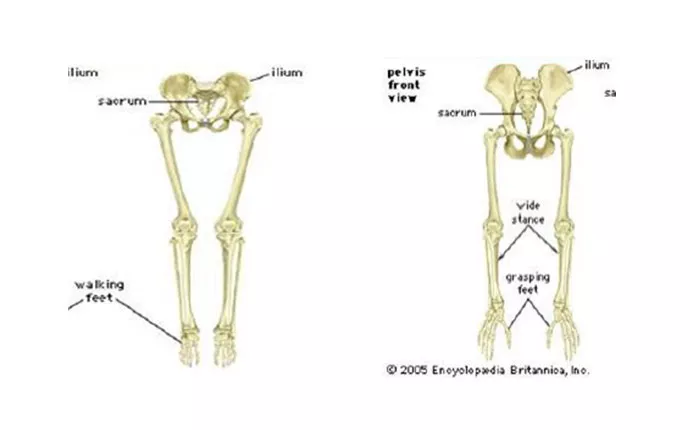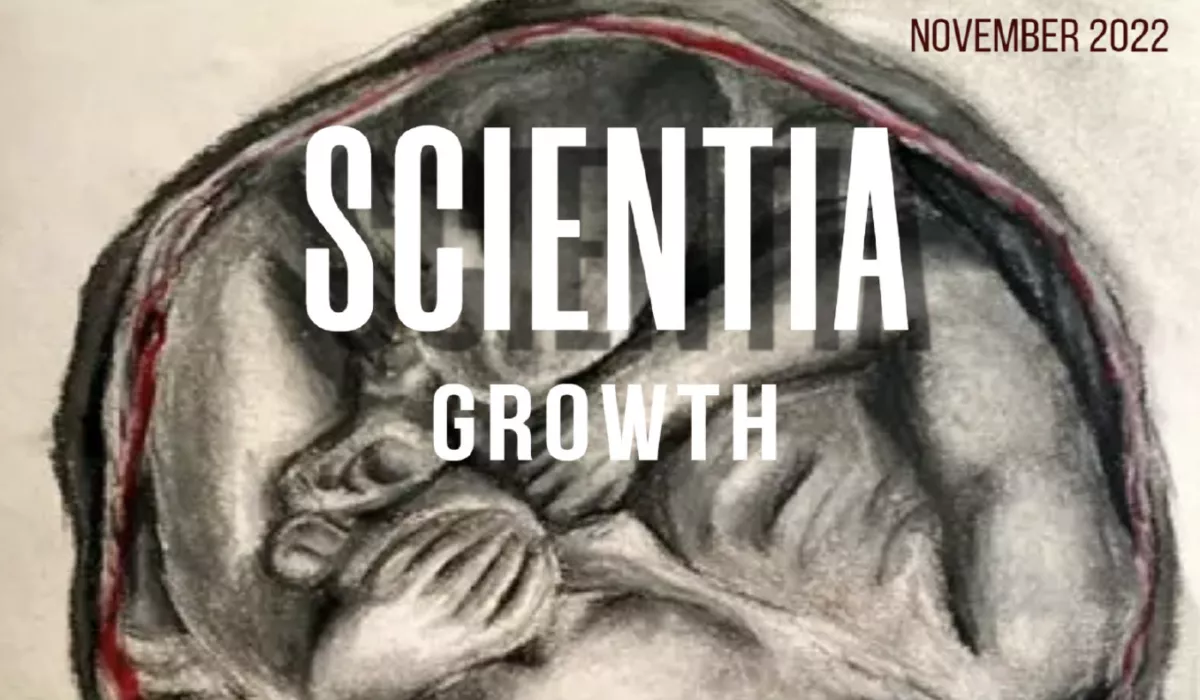Thinking
Human evolution has now led to the culture – bearing, upright – walking species that first lived about 315, 000 years ago in Africa. Homo – sapiens are now the most dominant species on Earth, but why?
Since Charles Darwin first published his books ‘On the Origin of Species (1859)’ and ‘The Descent of Man (1871),’ where he claimed that we were descended from apes, the search for the history behind our spe-cies has continued. However, the fact we are descended from apes still does not answer how we have managed to become more sophisticated over our ancestral species.
You may think that it’s just purely due to our resourcefulness and awareness of our environment and you are not completely wrong. However, I’m sure it would interest you to know that there are key anatomical differences between us and the apes which means we are so superior. For example, the way we walk, our hand dexterity and even down to our brain mass.
What first differentiates us from apes, is our ability to move on two legs. Otherwise known as bipedalism, we can stride unlike most other mammals. Walking involves one to tilt forward slightly and keep up with the dis-placed centre of mass much like trying to keep your bike stable as you pedal. It is shocking to think that this motion which we carry out subconsciously every day has led to notable anatomic differences between the pelvis and lower limbs of humans and the great apes. Differences that have led to our modern species.
As demonstrated in the diagram we have short ilia bones with a short, broad sacrum. Conversely, great-ape hips have long ilia with a small sacrum which is long and narrow. This simple difference allows humans to facilitate swift and smooth movements unlike apes. It is a key reason behind our growth. It freed up our upper limbs for tool use and meant less body surface was exposed to damaging solar rays during midday tropical sunlight.

Images showing an ape pelvis (1) and human pelvis (2).
Another essential limb which has con-tributed to our growth as a species is the hand. Being primates, we use our hands continuously whether this be to feed ourselves, clean ourselves or even as a defence. They can be argued as the most important limb of the body but, what makes them so powerful?
The features of human hands are easily distinguishable from those of the great apes, its unique structure allows for exquisite motor control. One of the most complex adaptations is the thumb, wherein a fully independent muscle aids a remarkable amount of strength and grip.
Additionally, a special saddle joint and associated ligament at the base of the thumb enable refined rotation. These differences had manipulatory capabilities, we were able to hold weapons steadily and throw them with increased precision and power. It is what caused us to pose such a major threat to other species. Deposited hand bones in a cave in Africa from 2.8 – 2.5 million years ago evidence that even back then hands had developed for advanced tool use.
The advanced mammals that we are means that we must have much higher cognitive abilities and therefore, big-ger brains. This is true. But just how much bigger have our brains got? Scientists have studied the brain through-out human evolution and have witnessed its continual expansion. From the average brain masses of 435g to modern day 1,400g which require 20% of our body’s energy. We now have a greater capacity to understand complex questions and abstract con-sequences such as the belief in a God, which the great apes cannot.
Our many distinguishable differences combined has meant we have been able to climb our way to the top of the food chain. We now sit comfortably in top spot because of our ancestors’ numerous evolutions and adaptations to their environment across millions of years.
This article is taken from student publication, Scientia, which you can read here.
— CAMILLA, Student



